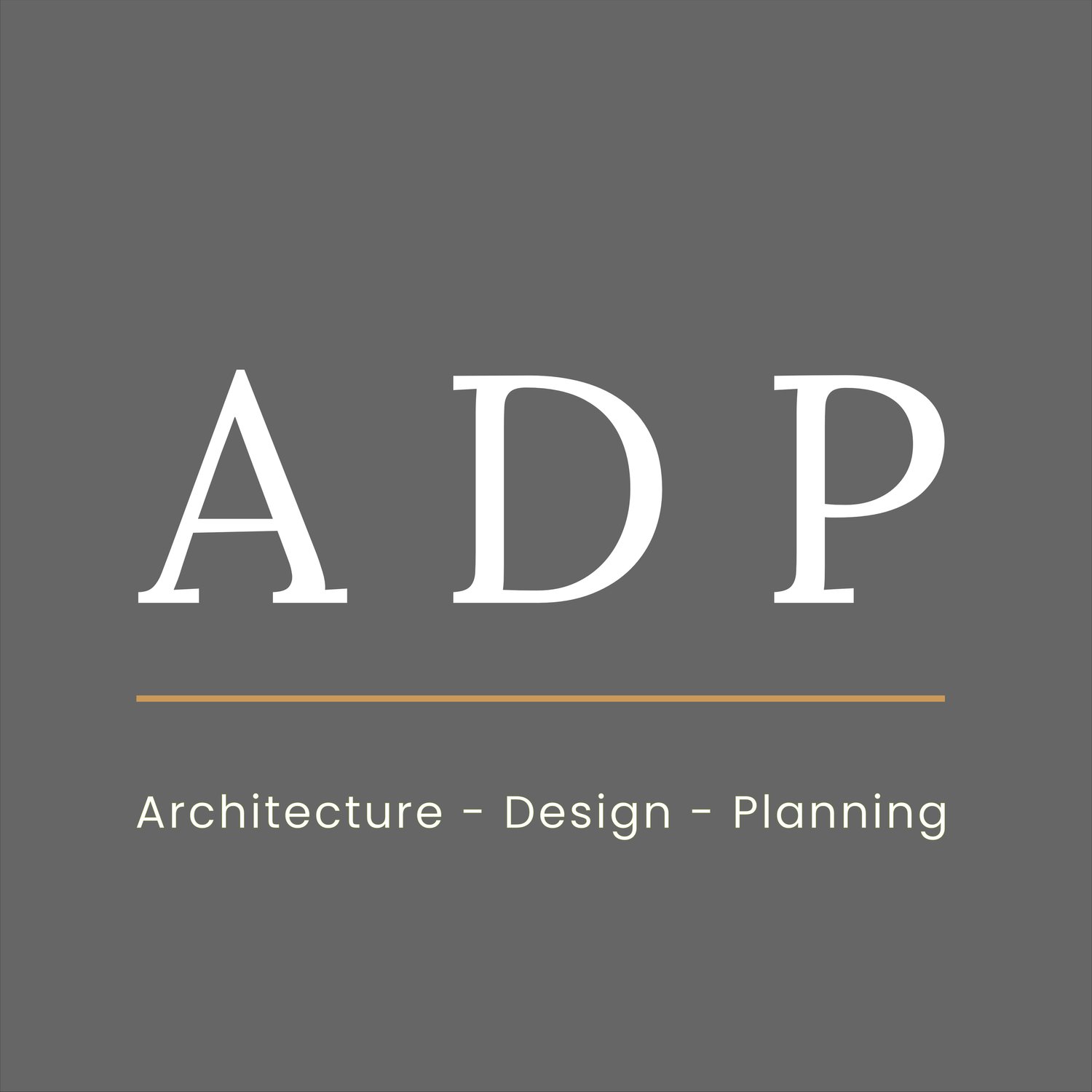Major Shake-Up Proposed for Green Belt Policy in the NPPF (2024)
The Government has recently unveiled a comprehensive consultation on significant changes to Green Belt policy and brownfield development.
The consultation document is titled “Proposed reforms to the National Planning Policy Framework and other changes to the planning system”, which was published on 30th July 2024
These proposals could dramatically alter the planning and development approach in and around our urban areas. Let's dive into the key proposals:
Brownfield First: A New Era for Previously Developed Land
The Government is doubling down on its commitment to prioritise brownfield development.
The standout proposal is the introduction of "brownfield passports," which aim to streamline development on previously used land. While details are still emerging, this could significantly reduce barriers to brownfield redevelopment.
A notable change is the proposed amendment to paragraph 124c of the National Planning Policy Framework (NPPF), which would reinforce a "default yes" approach to brownfield development. This shift could provide more certainty for developers and landowners and potentially speed up the planning process for brownfield sites.
Redefining the Green Belt: Introducing the "Grey Belt"
Perhaps the most radical proposal is the introduction of the "grey belt" concept.
This new category would identify areas within the Green Belt that make a limited contribution to Green Belt purposes.
The consultation provides a detailed definition and criteria for identifying grey belt land, which excludes areas of particular environmental importance.
The consultation proposes making it easier to develop PDL in Green Belt areas by relaxing current restrictions. This includes potentially expanding the definition of PDL to include hardstanding and glasshouses, which could open up new development opportunities.
This change could open up significant opportunities for development in areas previously off-limits. However, it will require careful assessment and potentially contentious decisions about which areas qualify as "grey belt."
Green Belt Reviews: A New Requirement
Local planning authorities would be required to review Green Belt boundaries if they cannot meet housing, commercial, or other needs.
This is a significant shift from the current approach, where Green Belt reviews are optional.
The proposal includes a sequential approach to land release:
Previously Developed Land (PDL) within the Green Belt
Other grey belt sites
Higher-performing Green Belt sites (if necessary and can be made sustainable)
This sequential approach aims to ensure development occurs in the most appropriate locations while still protecting the overall function of the Green Belt.
Decision-Making Changes: Allowing Green Belt Development Outside Plan-Making
In a significant departure from current policy, the proposal would allow development on Green Belt land through decision-making (outside of plan-making) in certain circumstances.
This could apply when a local planning authority cannot demonstrate a 5-year housing land supply or is delivering less than 75% against the Housing Delivery Test.
This change could provide more flexibility in meeting housing needs but may also lead to more speculative applications in Green Belt areas.
The "Golden Rules": Ensuring Public Benefit from Green Belt Release
To balance development with community benefits, the government proposes "golden rules" for major developments on released Green Belt land:
a) At least 50% affordable housing (subject to viability);
b) Necessary infrastructure improvements
c) Provision of or improvements to local green spaces
These rules aim to ensure that Green Belt release delivers tangible benefits to local communities.
Viability and Land Values: A New Approach
The consultation considers setting benchmark land values for Green Belt land to inform viability assessments.
This could help prevent inflated land values from reducing the delivery of affordable housing and other community benefits.
The Government is also exploring ways to limit viability negotiations, potentially by setting out that such negotiations should not occur when land will transact above the benchmark land value.
Commercial and Other Development
The proposals also consider how to support the release of Green Belt land for commercial and other non-residential development needs, recognising their importance in supporting wider social and economic objectives.
Implications for Developers and Landowners
These proposals, if implemented, would represent a significant shift in Green Belt policy.
They could open up new development opportunities but also introduce new complexities in site assessment and planning negotiations.
While these proposals are still at the consultation stage, they signal a potential major shift in how we approach development in and around our urban areas.
We'll be closely monitoring the progress of these proposals and will provide updates as the situation develops.
Contact us if you have a Green Belt site and you want to explore development opportunities:


